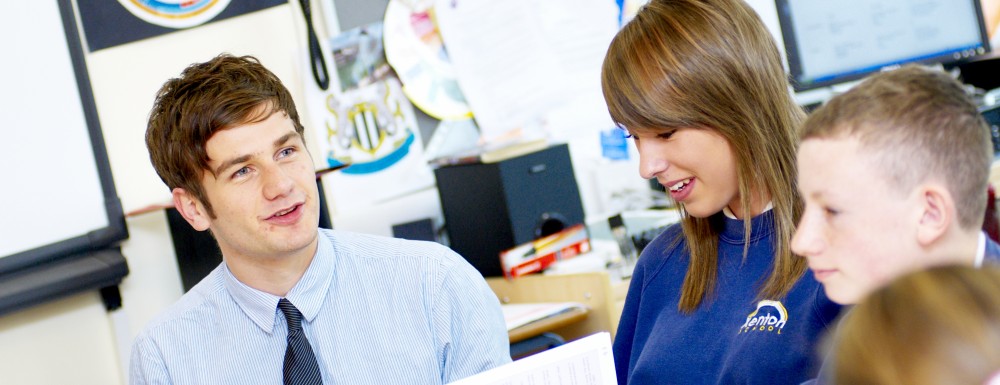Self-organised learning environments (SOLEs), originally created by Prof Sugata Mitra, are now branching out into art as a way to help children become more self-sufficient learners.
Exploring SOLE through art
Self-organised learning environments turned arty in a Newcastle school last week to discover the secret of the perfect sparkle.
Year 2 class at Broadwood Primary School worked with their teacher Melanie Horan and Newcastle University SOLE Central researcher Helen Burns to think about ‘How do things sparkle?’.
Self-organised learning environments, which were originally created by Professor Sugata Mitra, are spaces where children all over the world work in groups using the Internet to come up with answers to Big Questions.
Creating the ultimate ‘sparkle’ recipe
After using the Internet and their own experiments to find out what sparkles and what doesn’t, these seven-year-olds designed their own ‘recipe’ for making things really sparkle.
They then applied this knowledge to answer a second question: ‘How can we make the sparkliest Christmas decoration?’. Working in small groups, they made decorations from recycled materials, torches, mirrors and glitter.
“We are working closely with this class using art and SOLE to try and help children to become self-organised learners who can ‘think for themselves’,” explains Ms Burns. “Teachers find that many children struggle to apply their learning or think deeply beyond being able to provide a ‘correct’ or ‘incorrect’ answer within the constraints of the current curriculum.”
This research work has just begun, and is currently focused on simply supporting the children to be able to ask and answer ‘big’ questions. However, early next year this will be developed to help children to think about how they think and learn, hopefully enabling them to be more creative and able learners.
Taken from Newcastle University (Press Office)
